The Team Seas event is live. For every $1 raised they will remove 1 pound of plastic from the ocean. Please support this event by watching supporting videos and material and donating.


The Team Seas event is live. For every $1 raised they will remove 1 pound of plastic from the ocean. Please support this event by watching supporting videos and material and donating.
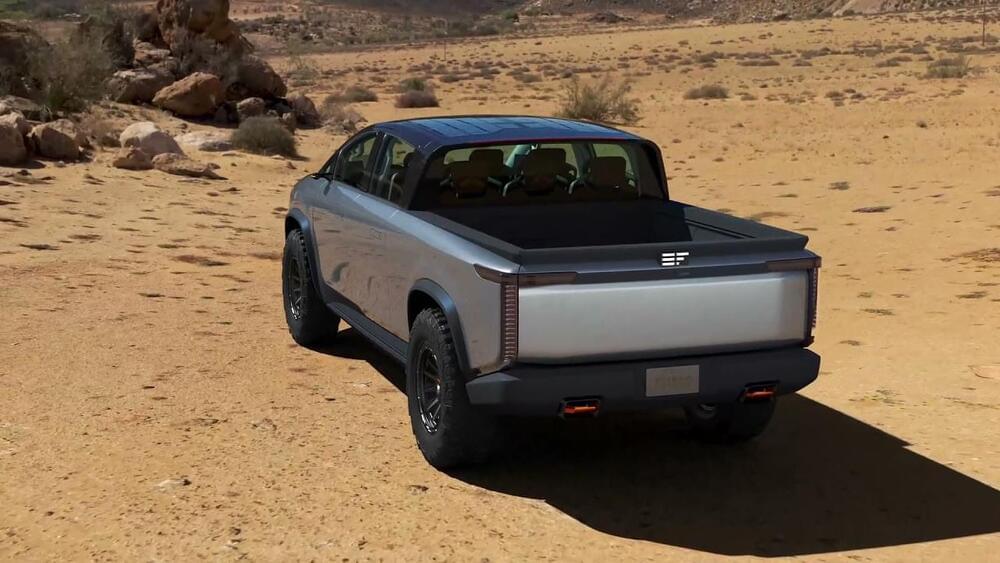
In a press statement, EdisonFuture said the EF1-T, as well as a van version of the vehicle called the EF1-V, feature “a uniquely designed solar mosaic technology that provides a stunning visual signature while also harnessing the power of the sun to recharge the batteries, enabling work vehicles to continuously charge while in the field.”
Bizarrely, as far as we can tell, the automaker hasn’t actually released any information regarding the battery size, range, or solar charging specifications of the EF1-T, though a prototype of the vehicle is due to go on display at the LA Auto Show in mid-November, so we may learn more information then. EdisonFuture also said it will begin accepting reservations for the pickup during the show.
While we’re likely pretty far off seeing vehicles that run solely on solar power, we’re increasingly seeing pickups and cars fitted with solar panels as the technology matures, allowing for added range figures that aren’t negligible. Dutch automaker Lightyear 0 for example, states on its website that its Lightyear One car can add 7 miles (12 km) of range per hour via solar charging. Lightyear eventually aims to develop vehicles that can go months without needing to charge via conventional means. Stay posted to learn more about the range figures of the EF1-T when we find out more in the very near future.

Like weather forecasting, disease forecasting needs to be statistical.
While we cannot predict in advance exactly how many hurricanes will occur this year or how bad they will be, we know with great confidence that climate change is a risk factor increasing the frequency and severity of hurricanes. Our knowledge of this and all the other risk factors for hurricanes allows us to make a statistical prediction for the coming season.
Similarly, we have known for decades that ther… See more.
I’ve written before about the need for infectious disease intelligence and whether or not we can insure against damages from future outbreaks. Both ideas assume that epidemics can, to some extent, be predicted. But can they?
The lack of control and idiosyncrasies of the current Covid-19 pandemic (like multiple “waves” of transmission), might cause some to wonder if predicting epidemics is a lost cause. A comparison of the performance of 27 individual models made by many of the best academic scientists showed high high variability in forecast skill across time, geospatial units, and forecast horizons. Only just more than half of the models evaluated showed better accuracy than simply assuming the number of cases per week will stay the same for the next 4 weeks.

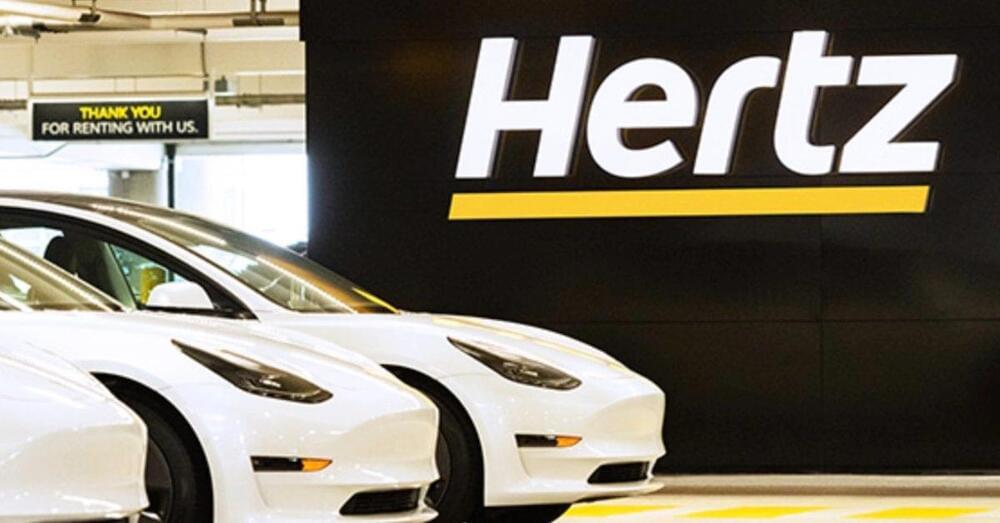
Hertz CEO Mark Fields revealed that its deal to supply Tesla vehicles to Uber includes an option for 100,000 more Tesla Model 3s, which would double its total order to 200,000 vehicles.
Earlier this week, Hertz announced that it ordered 100,000 Model 3 vehicles from Tesla as part of a new plan to electrify its fleet.
In the last few days, we have been learning more about this deal.
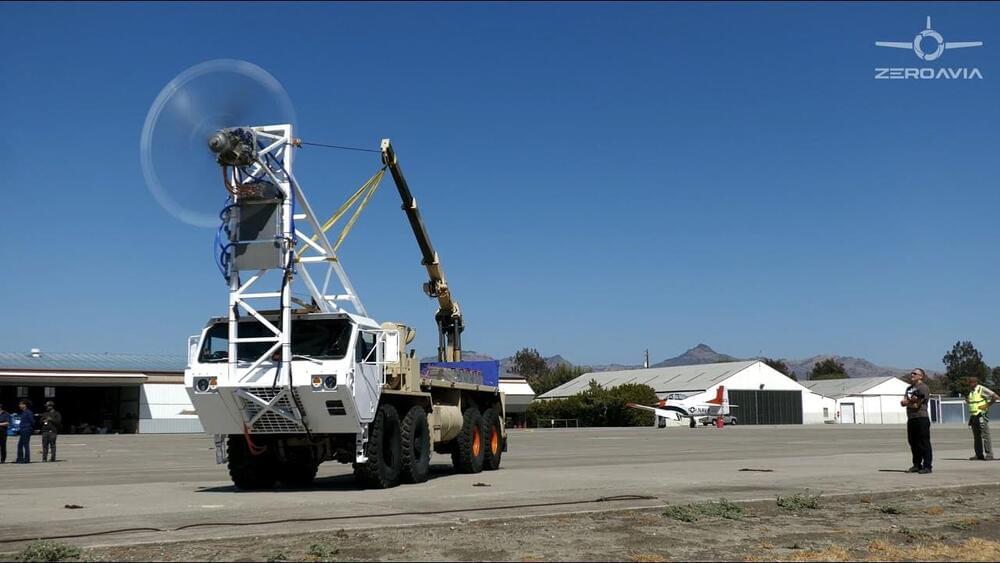
The emission-free aircraft will carry up to 76 passengers.
A new aviation partnership could see commercial hydrogen-electric airliners take to the skies. The parent company of Alaska Airlines, Alaska Air Group, is partnering with zero-emission aviation firm ZeroAvia to develop a hydrogen-electric powertrain for a 76-seater passenger airliner, a press statement reveals.
The two companies say that their ZA2000 hydrogen-electric powertrain will have a power output of 2,000–5,000 kW and a range of 500 miles (804 km). The powertrain will initially be fitted into a full-size De Havilland Q400 aircraft. Alaska Air also announced it has invested in ZeroAvia with a view to helping it meet its goal of net-zero emissions by 2040.
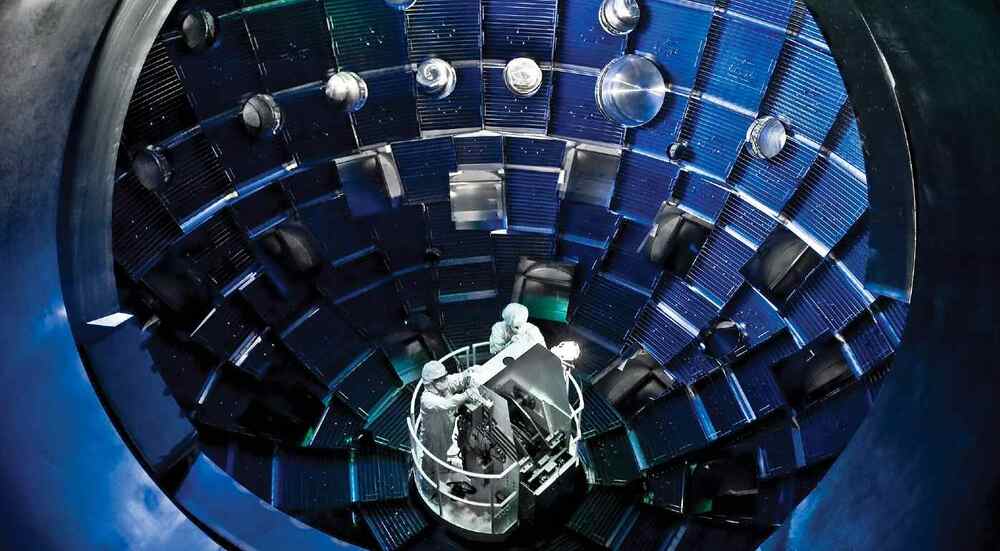
PERHAPS THE MOST PROMISING ROUTE TO FUSION uses Boron instead, reqiring higher temperatures atainable by chirped lasers—using a widely available fuel, and an output which can be turned directly into energy without the need for steam turbines, etc.
“when it’s finally deployed on electric grids, humanity can leave uranium, coal, oil, and gas in the ground. We won’t need to drill for geothermal energy, or line our hills with unrecyclable wind turbines. It won’t matter if the sun isn’t shining or the wind isn’t blowing…”
Using super powerful lasers to create clean, emission-less energy, HB11 Energy is expanding options for commercial nuclear fusion.
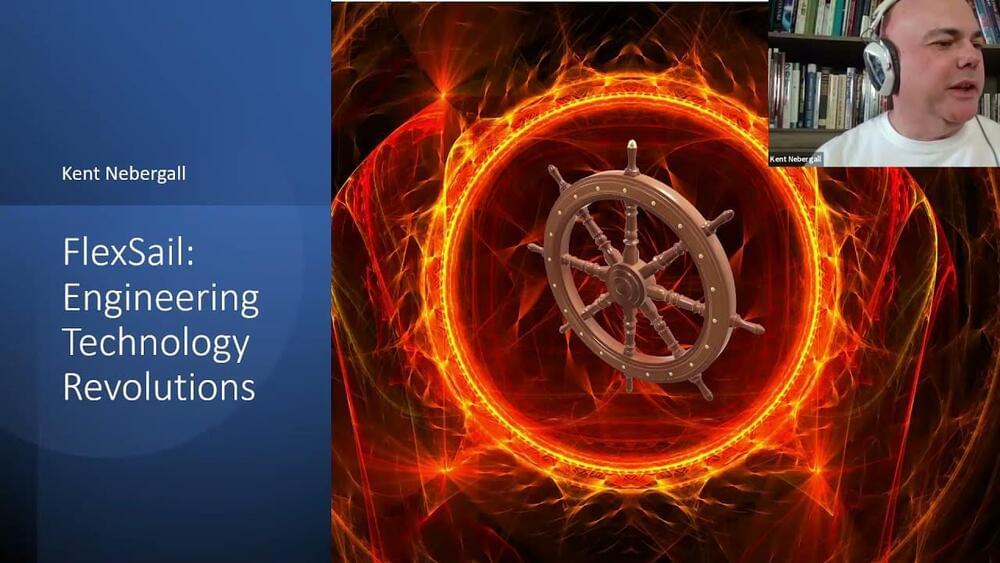
Track code: TD-3
Abstract:
Solar Sails are at the same stage of engineering development as electric motors were in the 1830’s. Each attribute of solar flux has been examined in isolation, such as photon, proton, plasma, and electrodynamic systems. This talk recommends designing a simple baseline system that converges multiple propulsion methods into optimized systems, as is currently done with electric motors. Many convergences can come from this solution space. Once a baseline design is created, AI genetic algorithms can “flight test” and refine the designs in simulation to adjust proportions and geometry. Once a base design is refined, a second AI evolution pass would design fleet systems that flock like birds to optimize performance. These could fly as a protective shield around Mars crewed fleets, provide space based solar power, deploy rapid reaction probes for interstellar comets, and be used in NEO asteroid mining. In the long term, fleets of solar energy management vehicles can provide orbital Carrigan event protection and Martian solar wind protection for terraforming. This talk is also a case study in how technology revolutions happen, and how to accelerate the creation and democratization of technical solutions.
From the 24th Annual International Mars Society Convention, held as a Virtual Convention worldwide on the Internet from October 14–17, 2021. The four-day International Mars Society Convention, held every year since 1,998 brings together leading scientists, engineers, aerospace industry representatives, government policymakers and journalists to talk about the latest scientific discoveries, technological advances and political-economic developments that could help pave the way for a human mission to the planet Mars.
Conference Papers and some presentations will be available on www.MarsPapers.org.
For more information on the Mars Society, visit our website at www.MarsSociety.org.
#MarsSociety #MarsSocCon2021

26 Oct 2021 — Public Chinese government records reviewed by the Good Food Institute (GFI) APAC indicate that significant funds are being allocated to help the nascent alternative protein sector optimize and scale up – as was previously done for the nation’s development of solar panels, lithium-ion batteries and electric vehicles.
While Chinese funding for alternative protein remains a tiny proportion of what the nation is capable of, these moves by various government entities demonstrate the scope of interest among local officials, which could potentially position China at the forefront of the next big food tech boom.
“There is no pathway to achieve the climate goals set out in the Paris Agreement without changing how we produce protein, but encouraging new evidence suggests that Chinese leaders understand the massive benefits of making meat from plants and growing it directly from cells,” stresses the GFI.
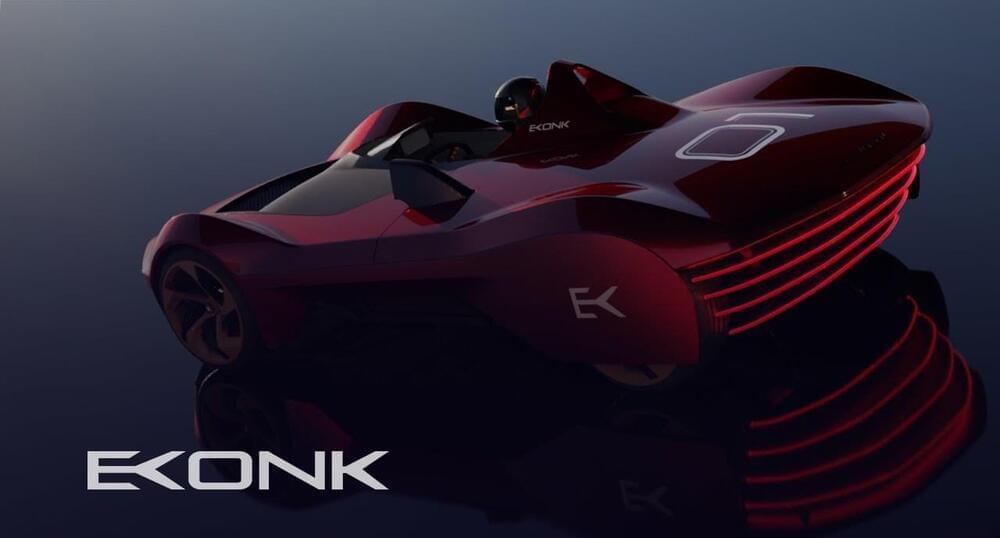
Nd it’s also the lightest.
A Mumbai, India-based startup called Vazirani Automotive revealed images of its Ekonk electric hypercar, which was designed to be the “lightest EV ever,” a report from Motor1.com explains. The car, which looks like it’s out of the ‘Speed Racer’ movie, was designed with a special cooling system to keep it as light and fast as possible.
Though the Ekonk is still in the prototype phase, the Vazirani Automotive team says it aims to develop the fastest… See More.